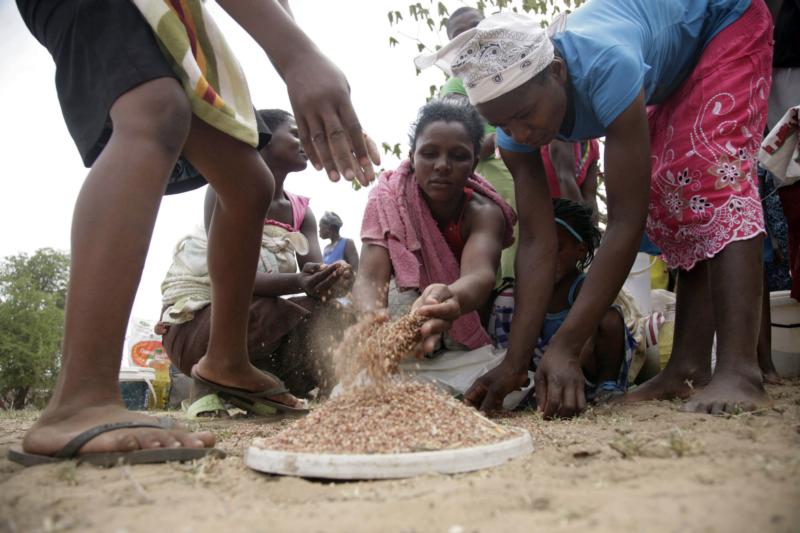
The number of food insecure citizens in Zimbabwe is projected to rise to 5.5 million in January and March 2020, the highest number on record in the struggling country going through severe economic and political turmoil.
In its latest assessment of the food situation in Zimbabwe, the Food and Agriculture Organisation of the United Nations (FAO) said the heightened food insecurity situation was mainly the result of a cereal production shortfall and extremely high food prices, while macroeconomic difficulties had also exacerbated the situation.
FAO said Zimbabwe was facing extreme levels of food insecurity and the situation was likely to deteriorate in the coming months with an estimated 4.7 million people in need of food assistance between October and December 2019.
“This number is projected to rise to 5.5 million people during the January to March 2020 period, which would be the highest number on record.
“The severe food insecurity levels are mainly driven by a steep reduction in the 2019 domestic cereal harvest and significantly high food prices that have resulted in severe food access constraints,” it said.
FAO added; “In addition, economic difficulties have hampered the country’s ability to access grains from the international market, with further adverse effects on domestic availabilities and prices.”
The combined effect of the adverse weather conditions has caused a steep decline in the area harvested and lowered yields, resulting in a maize output of about 780 000 tonnes, more than 40% below the previous five-year average.
“The 2019 domestic maize output is estimated to satisfy less than 50% of the national consumption requirement in the 2019/20 marketing year (April/ March), compared to an average rate of about 80% in the past.
“As a result of the domestic production shortfall, maize import requirements have increased and stocks from the national strategic reserve and the commercial sector are expected to be drawn down to compensate for the lower output.
“Despite an estimated above-average national stock level at the start of the 2019/20 marketing year, due to two bumper maize harvests obtained in 2017 and 2018, import requirements are still forecast at 600 000-700 000 tonnes, compared to a yearly average of about 500 000 tonnes in the previous five years.
“However, the significant economic challenges that the country is facing have diminished its capacity to import, which could potentially result in reduced grain availabilities,” FAO said.





